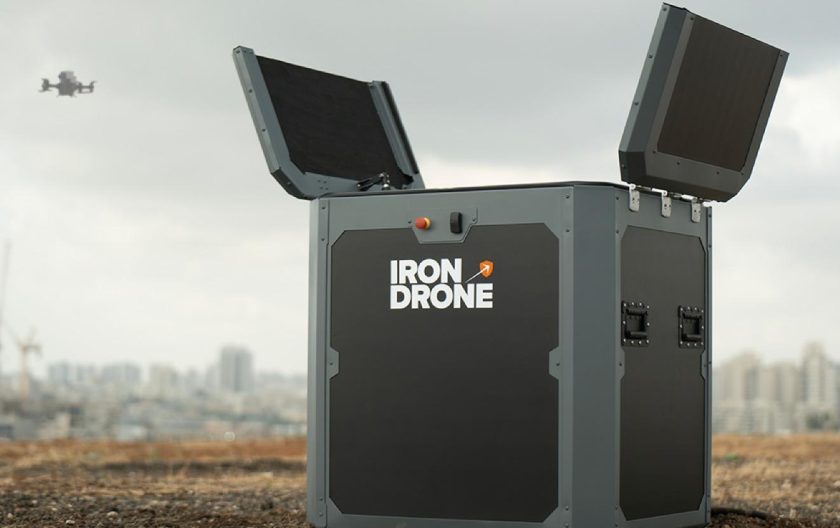Ondas has announced the successful completion of pilot programmes conducted with governmental homeland security agencies in Europe and Asia.
These programmes have tested the Iron Drone Raider system in a range of operational scenarios, including GPS-denied environments, interception of various maneuvering aerial targets, and the use of net-and-parachute capture technology to minimise collateral damage. One of the programmes also included integration with third-party command-and-control (C2) and drone detection systems. “Both pilot programmes concluded with the Iron Drone Raider receiving excellent performance evaluations, validating its capabilities in real-world operations and setting the stage for scaled, long-term deployments.” the company said.
During the programmes, the Iron Drone Raider system was demonstrated and achieved mission success in several distinct operational scenarios, including engagements with fast and unpredictable targets, autonomous interception in signal-contested conditions, and full-cycle recovery and redeployment from its base station.
Iron Drone Raider’s core interception approach uses a physical net-and-parachute capture method, guided by onboard AI decision-making and real-time manoeuvring capabilities. This combination is designed to enable the Raider to neutralise a range of hostile drones-including autonomous and evasive targets-while ensuring zero collateral damage to people or infrastructure. The system is fully autonomous, AI-powered, and designed for continuous operation.
Ondas is now working to convert these pilots in Europe and Asia into long-term infrastructure deployment programmes.
For more information




